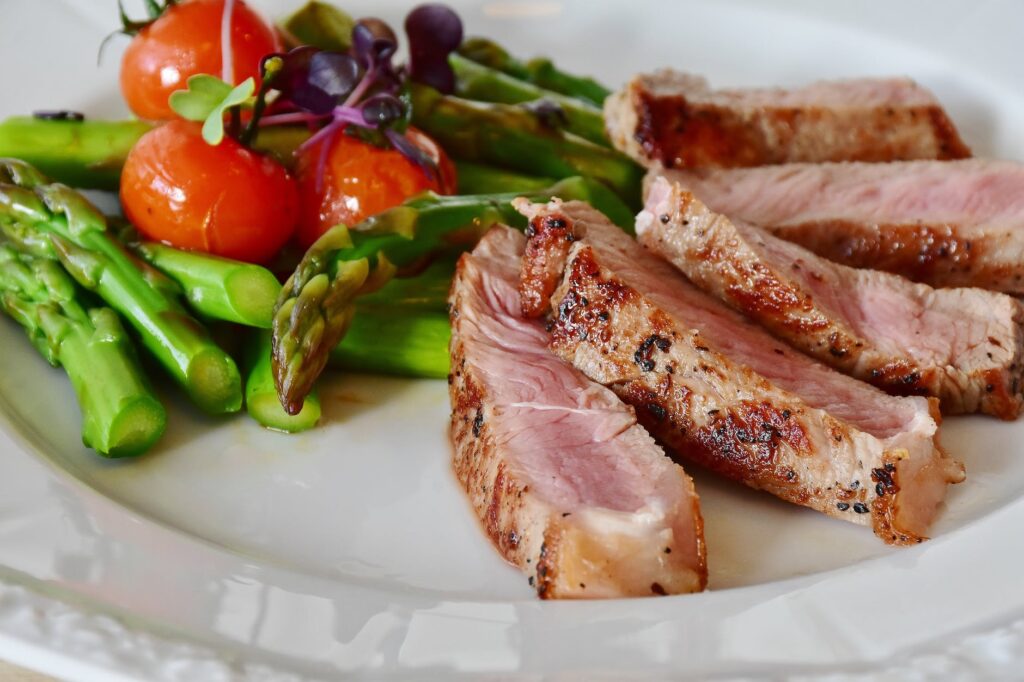
Introduction
Meal planning is one of the best ways to save money and work toward your health goals. It’s also a great way to use up all those veggies in your crisper, so you don’t end up throwing them out before they go bad. Say’s Wade Kricken , but if you’re like me, meal planning can feel like another thing on your list of “to dos.” That’s why I’ve rounded up some tips for how to make it as easy (and cheap) as possible.
Plan your meals for the week
- Make a list of meals you want to make.
- Make a list of ingredients you need for those meals, and how much of each ingredient you’ll need (example: 2 cups chicken breast, 1/2 cup olive oil).
- Plan your meals for the week based on what’s in season and on sale at your local grocery store!
Use seasonal produce to save money and time
When you’re buying produce, it’s important to think about what’s in season. Seasonal fruits and vegetables are cheaper than their out-of-season counterparts because they’re grown locally and don’t have to be shipped in from other countries or states. They also tend to be more nutritious because they’ve had less time between being picked and eaten–which means they’ll have higher vitamin content and fewer pesticides on them.
In addition to saving money on your grocery bill, eating seasonal produce means that your meals will always feel fresh and new; this can help prevent boredom with your diet as well as getting tired of eating the same things over again!
Meal plan for one or two people at a time
Plan for one or two people at a time. If you plan for more than 2 people, you will have leftovers and waste food.
Plan to cook extra portions of veggies, beans, or grains. Then freeze them to use later in other recipes.
- Plan to cook extra portions of veggies, beans, or grains. Then freeze them to use later in other recipes.
- If you have a large amount of food that you want to freeze for later use (like a big batch of soup), divide it into smaller containers before freezing so that you’re not stuck with an entire quart of something if one serving isn’t enough for the week ahead (or if one night someone comes over who wants seconds).
- Once frozen foods are thawed out, they should be used within three days unless otherwise specified by the manufacturer’s instructions on the package label–and even then it’s probably best not to take chances!
Conclusion
In the end, meal planning is a lot of work. It can be overwhelming to think about all the decisions you have to make when it comes time to plan your meals. But if you take a step back and look at the big picture, it’s really just about finding a balance between convenience and cost while still eating healthy foods. And once you get started with this process, you’ll find that it gets easier over time as well!